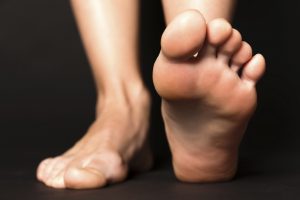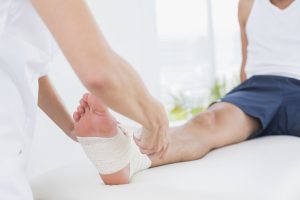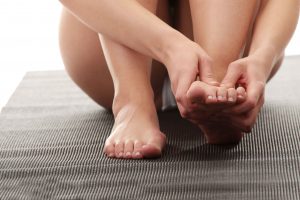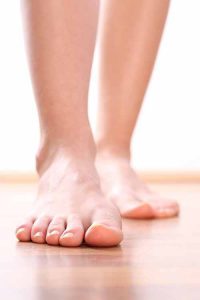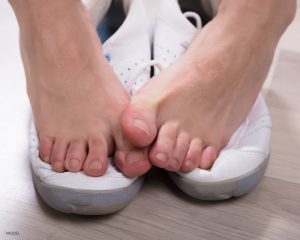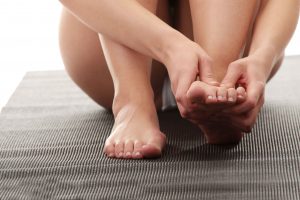Medically Reviewed by Dr. Rachel N. Verville
June 5, 2017
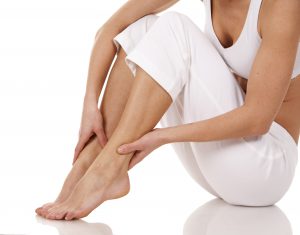 The Achilles tendon is the longest, strongest tendon in the human body, but it can definitely take a beating sometimes. It merges the calf and the heel, and it helps us walk, bend our knees, point our toes, and roll our ankles. We rely on our Achilles tendon to support us in Frisco while playing sports, running and jumping, and for the most part, it does an amazing job. However, as we age and test the limits of our bodies, the Achilles tendon can start to fail us—sometimes, that comes in the form of Achilles tendonitis.
The Achilles tendon is the longest, strongest tendon in the human body, but it can definitely take a beating sometimes. It merges the calf and the heel, and it helps us walk, bend our knees, point our toes, and roll our ankles. We rely on our Achilles tendon to support us in Frisco while playing sports, running and jumping, and for the most part, it does an amazing job. However, as we age and test the limits of our bodies, the Achilles tendon can start to fail us—sometimes, that comes in the form of Achilles tendonitis.
What is Achilles Tendonitis?
Tendonitis is inflammation of the Achilles tendon. It’s usually marked by soreness and stiffness in the back of the tendon, just above where it attaches to the heel bone. If left untreated, tendonitis can turn into tendonosis, which is a chronic condition. That is why it’s important to see a podiatrist in Frisco as soon as you start exhibiting signs of Achilles tendonitis—early intervention and treatment is crucial to avoiding a more permanent injury.
Causes of Achilles Tendonitis
There’s no one guaranteed cause of Achilles tendonitis, but in general, it’s caused by overuse and increasingly physical activity too quickly. It’s common to see this type of injury in a man in his 40s who likes to play tennis or backyard football on the weekends; someone who is beginning to age, but doesn’t work out regularly and doesn’t realize his or her Achilles tendon becomes less flexible over time.
Achilles tendonitis can also be caused by a pre-existing foot problem, a medical condition, or tightness in the muscles or tendons.
Two Types of Achilles Tendonitis
There are two types of Achilles tendonitis: noninsertional and insertional. The word “insertional” refers to where the Achilles tendon is inserted to the heel bone.
The first, noninsertional, affects the fibers in the middle portion of the tendon, which begin to break down with tiny tears, swell, and thicken. This type of Achilles tendonitis is more common in younger, more active people.
The second, insertional, affects the lower portion of the Achilles tendon toward the heel. Insertional Achilles tendonitis is also marked by small tears, swelling, and thickening, but bone spurs are also possible. It is usually harder to treat than noninsertional and is more common in people with a Haglund’s deformity.
Both types of Achilles tendonitis are usually treated conservatively with rest, icing, stretching, and over-the-counter pain medication. Surgery is often only considered after consistent conservative treatment has failed over many months.
Your Podiatrist in Frisco Can Properly Diagnose Your Achilles Tendonitis
If you’re experiencing pain or discomfort in the area of your Achilles tendon, don’t take any chances—contact a podiatrist. With early intervention and proper treatment, you stand a better chance of keeping your Achilles healthy for the long run. You’ll also be more likely to avoid chronic pain and a tear or rupture that would require a more serious surgical procedure.
Contact Dr. Verville at RNV Podiatry in Frisco to schedule an appointment by calling (214) 385-8822.



